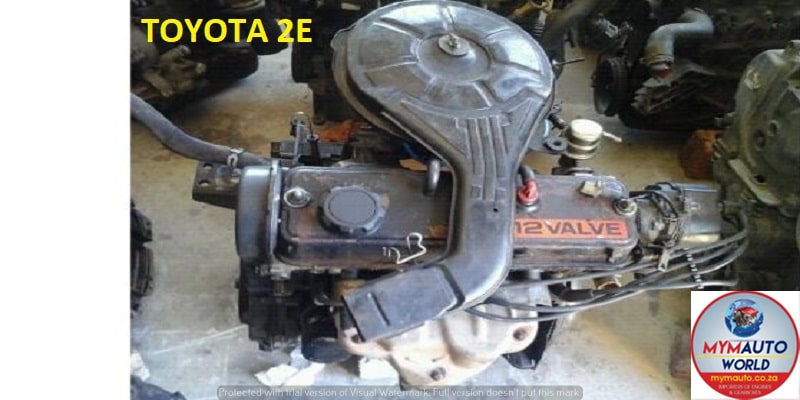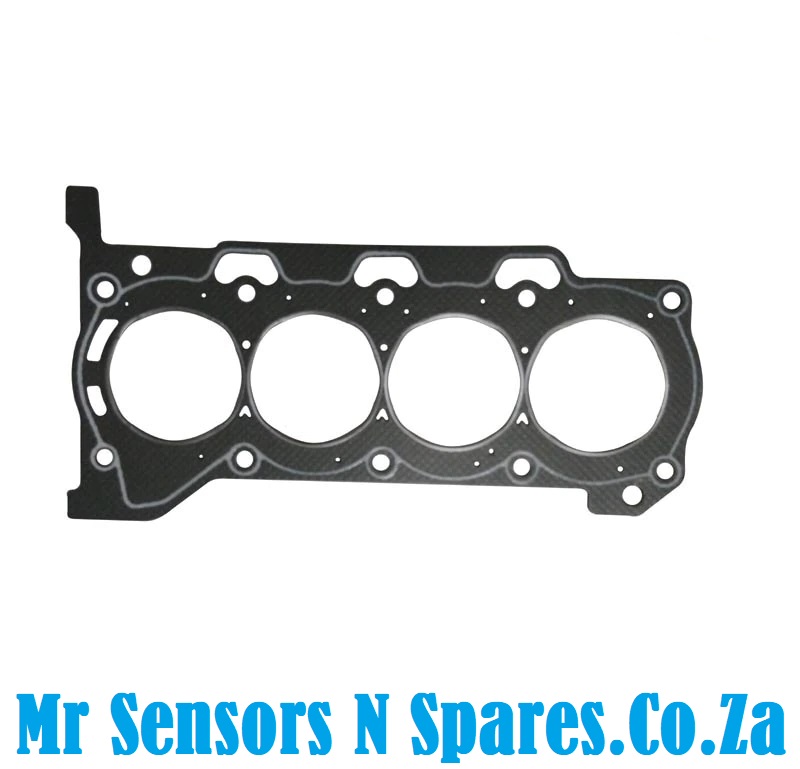Toyota Tazz: The Compact Car That Delivers on Reliability and Fuel Efficiency
Toyota Tazz: The Compact Car That Delivers on Reliability and Fuel Efficiency
Blog Article
Explore the current Fads in Engine Technology With Tazz
In the swiftly developing landscape of automobile technology, Tazz stands at the forefront, highlighting substantial innovations in engine systems that focus on both development and sustainability. From hybrid engines that maximize gas effectiveness to the introduction of hydrogen fuel cells, the trends forming contemporary powertrains are not only boosting performance but additionally resolving essential environmental challenges.
Crossbreed Engine Innovations
Hybrid engine innovations stand for a critical change in vehicle innovation, combining the advantages of interior burning engines with electrical propulsion systems. This integration not just enhances gas efficiency yet likewise decreases exhausts, meeting significantly strict ecological guidelines. By utilizing both energy resources, hybrid engines can enhance efficiency, delivering power when needed while preserving fuel throughout less requiring motoring conditions.
Recent innovations in hybrid innovation consist of enhancements in battery performance and regenerative braking systems. These advancements permit higher power recovery during deceleration, which can be redirected to help in velocity or power auxiliary systems. Producers are concentrating on portable designs and lightweight materials to optimize the performance of hybrid powertrains.
The advancement of plug-in crossbreeds has actually additionally increased the marketplace, enabling chauffeurs to charge their automobiles utilizing standard electrical outlets. This attribute usually permits significant all-electric range, further decreasing dependence on conventional gas. tazz. As the automobile industry proceeds to develop, hybrid engine technologies are anticipated to play a critical duty in connecting the space in between conventional cars and totally electric designs, supplying a transitional service that satisfies varied customer demands and choices
Developments in Electric Powertrains
The vehicle landscape is quickly developing, with electric powertrains emerging as a leading pressure in sustainable transportation. Advances in electrical automobile (EV) innovation are substantially enhancing effectiveness, user, and efficiency experience. Trick technologies include improvements in battery chemistry, which have actually enhanced power density, lowered charging times, and extended general battery life.
Solid-state batteries, for example, assure to reinvent the market by supplying greater safety and security and effectiveness compared to standard lithium-ion cells. Advancements in regenerative stopping systems are enabling cars to recoup energy during slowdown, contributing to general efficiency.
Along with battery modern technology, electric motor styles are coming to be more advanced. Technologies such as integrated motors and progressed thermal monitoring systems are helping to enhance power distribution and reduce weight, ultimately improving lorry characteristics.

Collectively, these advancements underscore the dedication to change in the direction of cleaner, extra reliable transport options, positioning electric powertrains at the forefront of automotive technology.
The Surge of Hydrogen Gas Cells
Significantly, hydrogen gas cells are obtaining grip as a feasible choice to typical interior burning engines and battery electric automobiles. This modern technology harnesses the chemical power saved in hydrogen, converting it into electricity with an electrochemical reaction with oxygen. The primary result of this procedure is water, making hydrogen fuel cells an environmentally pleasant choice with zero exhausts at the tailpipe.

Automakers are progressively spending in hydrogen gas cell modern technology, recognizing its capacity for long-range applications and fast refueling capacities that rival conventional fuels. Furthermore, markets such as sturdy transportation and public transit are particularly well-suited for hydrogen fuel cells, where battery electric services may drop short because of weight and variety constraints.
As study and investment continue to broaden, hydrogen fuel cells are poised to play a considerable function in the future landscape of clean transportation and energy services.
Enhancements in Internal Combustion Engines
Developments in internal burning engine (ICE) innovation are transforming typical automobiles to meet modern-day ecological standards and efficiency expectations. Straight gas injection, for circumstances, allows for far better atomization of fuel, leading to more total combustion and boosted power output.
In addition, turbocharging has actually gained prestige, allowing smaller sized engines to provide greater performance without the weight of bigger engines - tazz. This innovation not just increases performance however additionally adds to lower fuel intake. Variable valve timing systems are additionally being fine-tuned, making it possible for engines to adapt to numerous driving conditions for enhanced torque and responsiveness
Moreover, using light-weight materials in engine building and construction is becoming typical, further boosting fuel efficiency by minimizing overall automobile weight. Engine control devices (ECUs) are increasingly advanced, allowing real-time changes that optimize performance and exhausts.
These enhancements collectively symbolize a pivotal shift in ICE innovation, straightening with global sustainability goals while still supplying the efficiency drivers get blog here out of read what he said their automobiles. As the sector evolves, these enhancements remain to form the future of typical automotive engineering.
Future Trends in Engine Effectiveness
Considerable innovations in engine performance are expected as manufacturers concentrate on integrating advanced innovations to satisfy rigid ecological laws and customer needs. The change in the direction of electrification, crossbreed systems, and different gas is reshaping the automobile landscape, driving advancements that improve gas economic climate and minimize discharges.
One of the essential trends is the implementation of advanced materials and manufacturing strategies. High-strength alloys and light-weight composites add to reduced vehicle weight, hence boosting general effectiveness. Furthermore, the adoption of turbocharging and variable shutoff timing modern technologies enables improved power result from smaller sized engines, even more enhancing fuel economic situation.

Final Thought
In conclusion, the expedition of engine technology discloses substantial improvements that prioritize sustainability and effectiveness. Innovations in crossbreed engine systems, electrical powertrains, and hydrogen fuel cells show a commitment to minimizing exhausts while improving efficiency. Enhancements in inner combustion engines and a focus on light-weight products contribute to general engine performance. As the automotive market remains to evolve, these patterns will play a critical role fit a cleaner and even more lasting future for transport.
From crossbreed engines that maximize gas performance to the emergence of hydrogen fuel cells, the trends shaping modern powertrains are not only enhancing performance but also dealing with important ecological obstacles.Crossbreed engine advancements stand for an essential change in vehicle modern technology, incorporating the useful source advantages of interior combustion engines with electric propulsion systems.Additionally, turbocharging has obtained prestige, allowing smaller engines to deliver higher performance without the weight of larger engines. In addition, the fostering of turbocharging and variable valve timing innovations allows for improved power output from smaller sized engines, further enhancing gas economic situation.
Improvements in inner combustion engines and a focus on light-weight materials contribute to overall engine performance.
Report this page